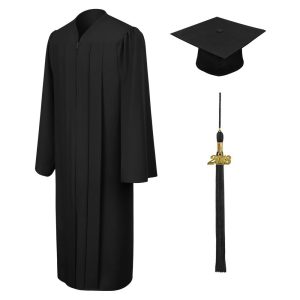Wiki
Clone wikiqocsuing / The Elegance and Evolution of Gowns
The Elegance and Evolution of Gowns
Gowns have been a significant part of fashion history, symbolizing elegance, status, and femininity. They have evolved over centuries, reflecting cultural shifts and technological advancements.To get more news about GOWNS, you can visit higraduation.com official website.
In the Middle Ages, gowns were worn by both men and women. They were long, loose garments, often with wide sleeves. The style and quality of the gown indicated the wearer's social status. Nobility wore gowns made of rich fabrics like silk and velvet, while commoners wore simpler versions made of wool or linen.
 During the Renaissance, gowns became more fitted and elaborate. Women's gowns had tight bodices and full skirts, often with intricate embroidery or lacework. Men's gowns became shorter and were worn over breeches.
During the Renaissance, gowns became more fitted and elaborate. Women's gowns had tight bodices and full skirts, often with intricate embroidery or lacework. Men's gowns became shorter and were worn over breeches.
The Victorian era saw the introduction of the crinoline, a stiffened petticoat that gave gowns their distinctive bell shape. Later in the era, the bustle became popular, adding volume to the back of the gown.
In the 20th century, gowns became synonymous with evening wear. The flapper dresses of the 1920s, the glamorous Hollywood gowns of the 1930s, and the elegant cocktail dresses of the 1950s are all iconic examples.
Today, gowns are most commonly seen at formal events like proms, weddings, and red carpet events. Designers continually innovate, creating gowns that blend tradition with modern fashion trends.
In conclusion, gowns are a fascinating aspect of fashion history. They reflect societal changes and technological advancements while maintaining their status as symbols of elegance and femininity.
Updated